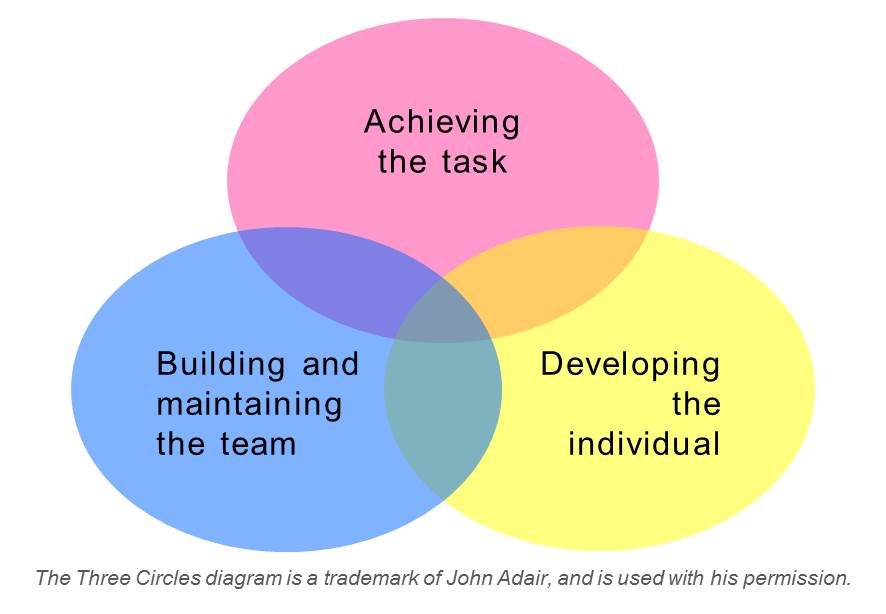Pocketblog has gone back to basics. This is part of an extended management course.
No matter how good you are at your job, you will never be as good as you can be until you organise your work effectively. This means making time for things like filing and time management. Here are ten top tips:
- Keep a To Do list, but never let it be your primary time management tool. At the end of each day, look at the things on your to do list and decide which ones will be on tomorrow’s To Day list. Put any things that are substantial in terms of complexity, duration or importance into your diary.
- Follow President Eisenhower’s advice and always distinguish what is important from what is merely urgent.
- Keep a day-book – a notebook that lives on your desk and in which you record any conversations in person or over the phone. As soon as the phone rings, or as soon as you decide to make a call, open your day book, write the date and note the person that you are speaking with and their affiliation. You are now ready to record any comments or agreements.
- Use a multi-part folder to plan your work a week ahead.

- Periodically make time to clear the clutter and do your filing. Better still, embrace the principles of the 5S Methodology:
– Sorting – only what you need
– Set in order – a place for everything
– Shine-up – tidy and clean
– Standardise – uniformity
– Sustain – make tidying up a routine - File papers in themed folders. If your filing system isn’t working for you; start a new one. But don’t waste time transferring all your old papers into the new system. Instead, just transfer any papers you access in your day-to-day work. Very soon, your old system will become an archive of the materials you don’t need.
- If you need to make a lot of calls, keep a call sheet, on which you record the person and purpose (and number if it isn’t in your organiser. Fill gaps in your day with a call – or take the sheet with you when you travel.
- You probably keep a to do list. Do you keep a list of things you have done? Specifically, things you did that should result in something happening: a book you ordered should turn up, a message you left should be returned, a request you made should be fulfilled. Keep a ‘waiting for…’ list so that you never drop the ball by forgetting something.
- Do one thing at a time. Multi-tasking is not as effective nor as efficient as focus.
- Redundancy: if it’s important, have a back-up plan. Have spares, have alternatives. Stash a bit of spare cash in every bag you have – and spare pens. Leave early and plan to have a coffee before a meeting. Take reading or work wherever you go.




